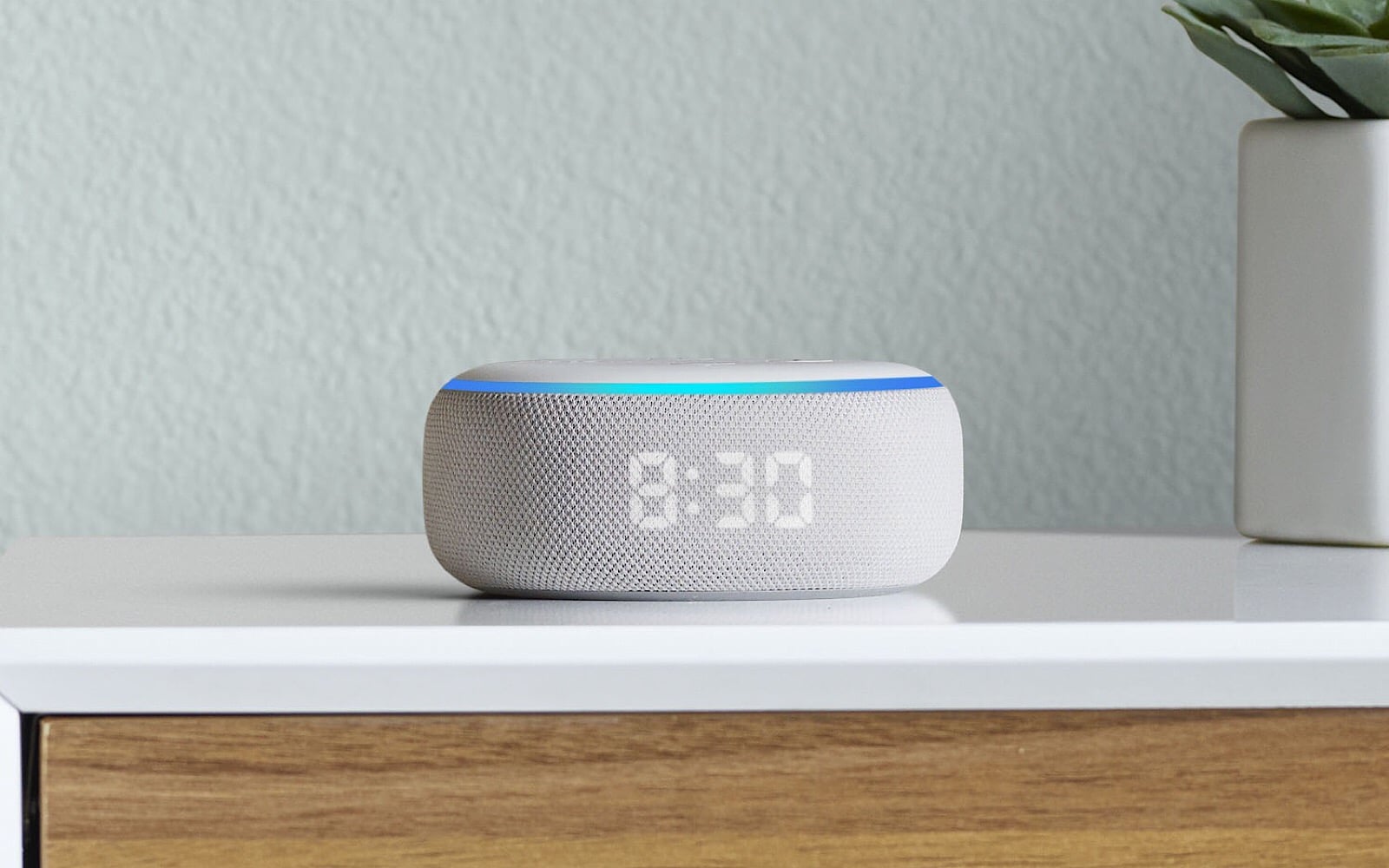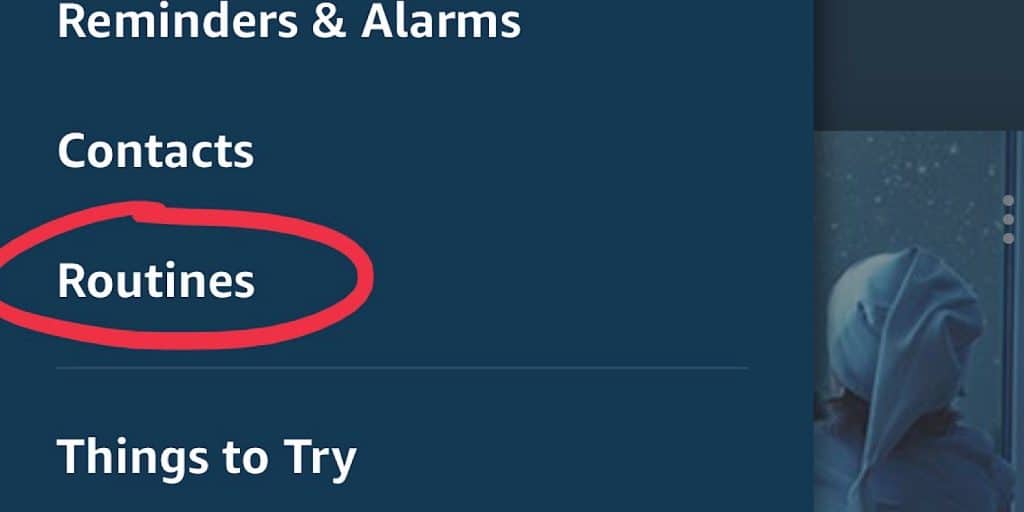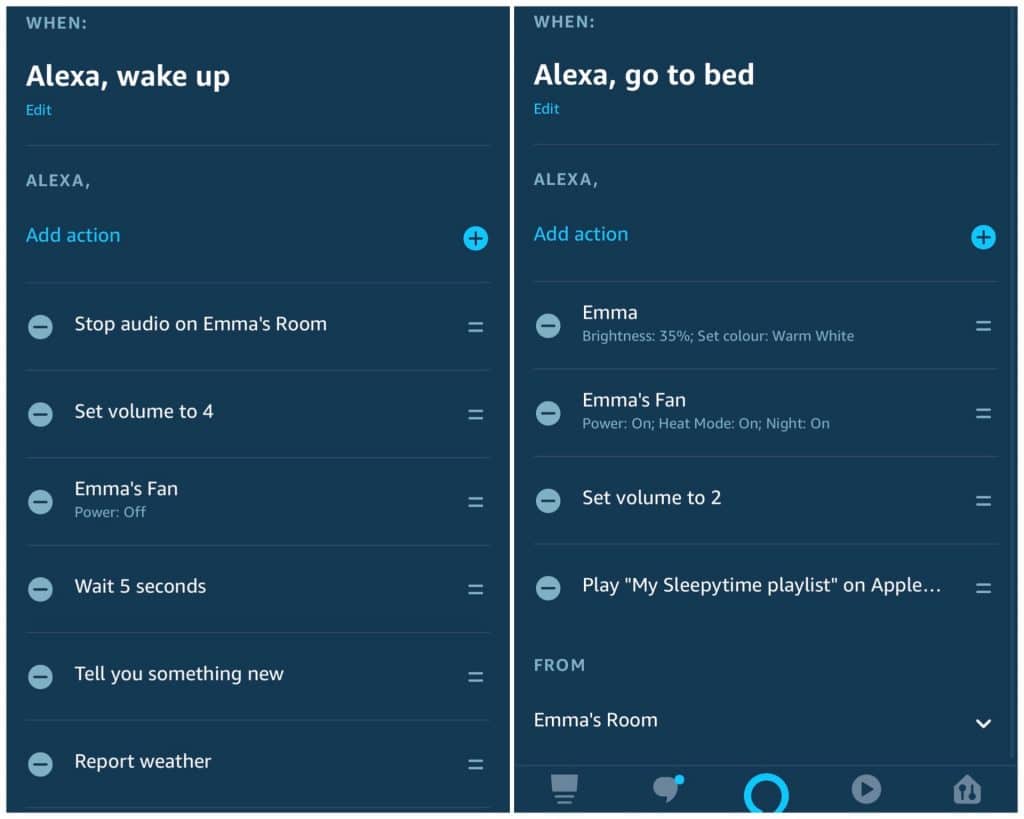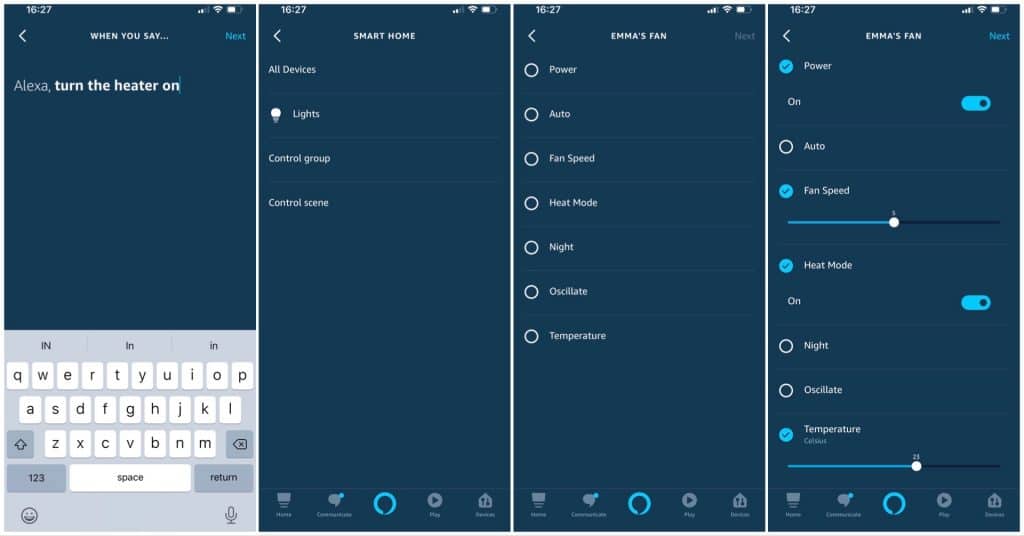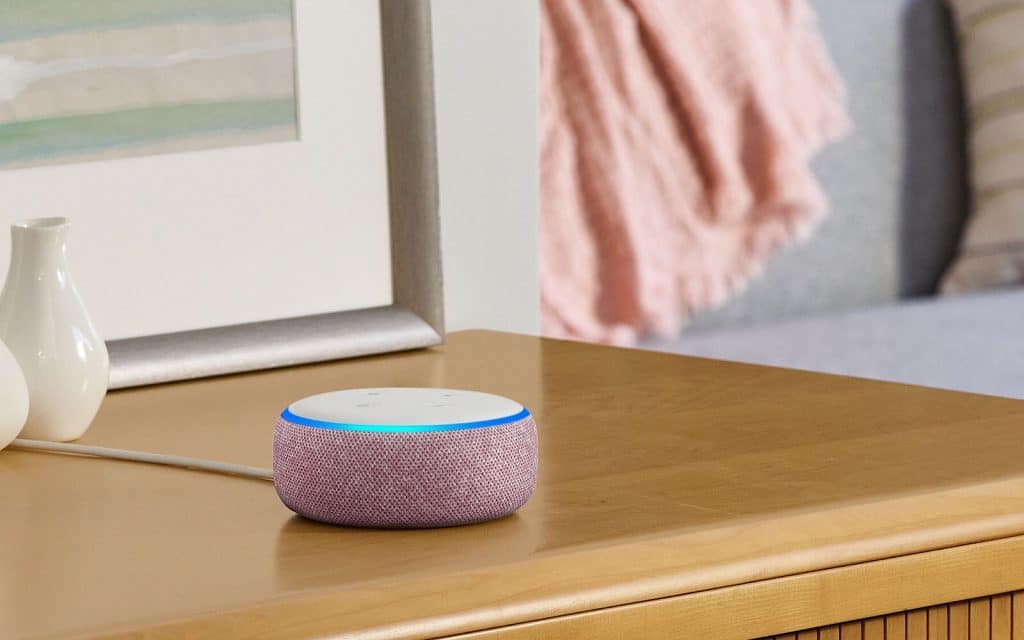An Alexa enabled speaker or smart display can control your music or tell you the weather, but once you learn routines, they become even more useful.
While a science fiction future with robots doing our chores hasn’t quite been made a reality yet, we inch towards it with smart assistants. You can find these on your phone or on smart devices such as speakers and smart displays, and together with microphones and voice controls, as well as scheduling controls, these devices can begin to connect devices in our lives and do some of our work at once.
That’s part of what a smart home can do, as wireless devices begin to come together and talk, shaking hands and doing the heavy lifting for you. It’s your smart light, your music service, an air conditioner or heater, security cameras, and anything else you want to connect that would normally need an app.
And you can still use an app, but if you want to join the dots and have several things happen, you need a routine.
What’s a routine?
In the world of the smart home, a “routine” is a series of steps that can be run as a routine from one command. That command is typically a word or phrase you say, but it doesn’t have to be.
Routines can be triggered by scheduled time or using a button inside the smart home app, and mean you’re effectively pressing one button to trigger, not launching several apps to make those actions happen.
It’s often about time saving and stacking instructions you might normally do as you jump between apps, and is the difference between launching a specific playlist on a speaker using an app, changing the lighting using a different app, turning on the heater with another app, and switching a baby monitor on using a fourth app, or just doing it all by saying one word.
In essence, routines are about saving time, but they’re as much about saving time as they are about becoming a power user in your own home.
As we start to embrace more internet-connected devices in our smart home, learning how to use routines and creating your own can mean the difference between simply installing a device and really making the most out of it.
If you own an Alexa-enabled device, those routines allow you to link these devices together and call out the command to the speaker, such as an Amazon Echo Studio, Echo Show, or even a Sonos One, Sonos Beam, or a Sonos Arc. Once an Alexa routine is set up, it’s part of your Amazon Alexa account, and can work across your connected devices, even if you don’t happen to be in the place where those actions were triggered.
It means you can set up a whole bunch of things to work together, and create your own formulas that do a bunch of things, really making a smart home not just an assembly and combination of smart home parts, but something that works the way you want it to. You know: smarter.
How to set up an Alexa routine
If you’re using Amazon’s Alexa in your life and across your home, you may already be calling on Alexa to play music. Something like “Hey Alexa, play some jazz,” and having it go to work, spinning up some jazz for you to listen to or cook with.
That’s just the beginning. To make Alexa routines, you want to grab the Amazon Alexa app for either iOS (iPhone/iPad) or Android, login with the Amazon account the device is tied to, and see what you have available to you.
When you’ve done that, look for the “routines” section in the Alexa app, and once in, press the “+” symbol to head the routine creation screen. Amazon offers a couple of templates to start with, but they’re fairly barebones, and you can do much better. All you need is some imagination and some smart devices.
For instance, if you have a smart speaker and a smart light, you can get Alexa discovering your devices either through the app or by saying “Alexa, discover my devices”, and then get to work.
With that smart light and smart speaker, you can set up a routine to play soothing classical and lower the light when you say, “time to go to bed”. Simply add the steps for each part of the routine, telling Alexa the phrase it’s looking to hear, and then adding the soundtrack you want to play (it can be a station), and making the light lower.
For our daughter, we’ve used a combination of things to make the routines for her. When it comes time to put her to bed, we say “Alexa, go to bed”, which lowers the Lifx lamp in her room to 35 percent at warm white, turns on a Dyson heater, sets the volume to two, and plays a 10 hour classical music playlist on Apple Music for sleeping to.
When it comes time to wake up, one routine is a little more complex. If we say “Alexa, wake up”, the sound from the night’s playlist stops, the volume is set to four, the heater goes off, and then it waits five seconds before having Alexa tell us something new, reports the weather, and plays pop music.
Routines can be as complex or as simple as you want them to be, and while those routines will replace the need to open several apps to make changes, we also have small routines to take the place of telling Alexa specific things to do.
Sometimes Alexa can require some very specific commands, such as if you want a smart heater to turn on, you typically have to say which room it’s in to make it trigger. But you can make routines trigger a specific device with one command, such as “Alexa, turn heater on” which can be set up with a heater set to on at a specific setting.
Can you share Alexa routines to friends?
One thing you can’t do, however, is share these great ideas with friends. Routine formulas appear to be stuck on one account and limited to the account that set them up, meaning if you want to share your approach to calming your child using Amazon Alexa and a bunch of smart devices, you can’t just share it with the world.
While it’s a touch frustrating, part of this makes some sense, because not everyone will have the same devices, meaning steps won’t quite work the way they should across
What about Google devices: do they support routines?
But let’s say you don’t have an Amazon Alexa-enabled speaker, and you’re more tied into the Google system. If you have a Nest speaker or a Nest Hub display device, or even if you’re using the Google Assistant on your phone or headphones, you’ll find routines can work for you, too.
We’ve written a guide about how to make routines work with Google Assistant before, and it still holds true that you can make this work.


